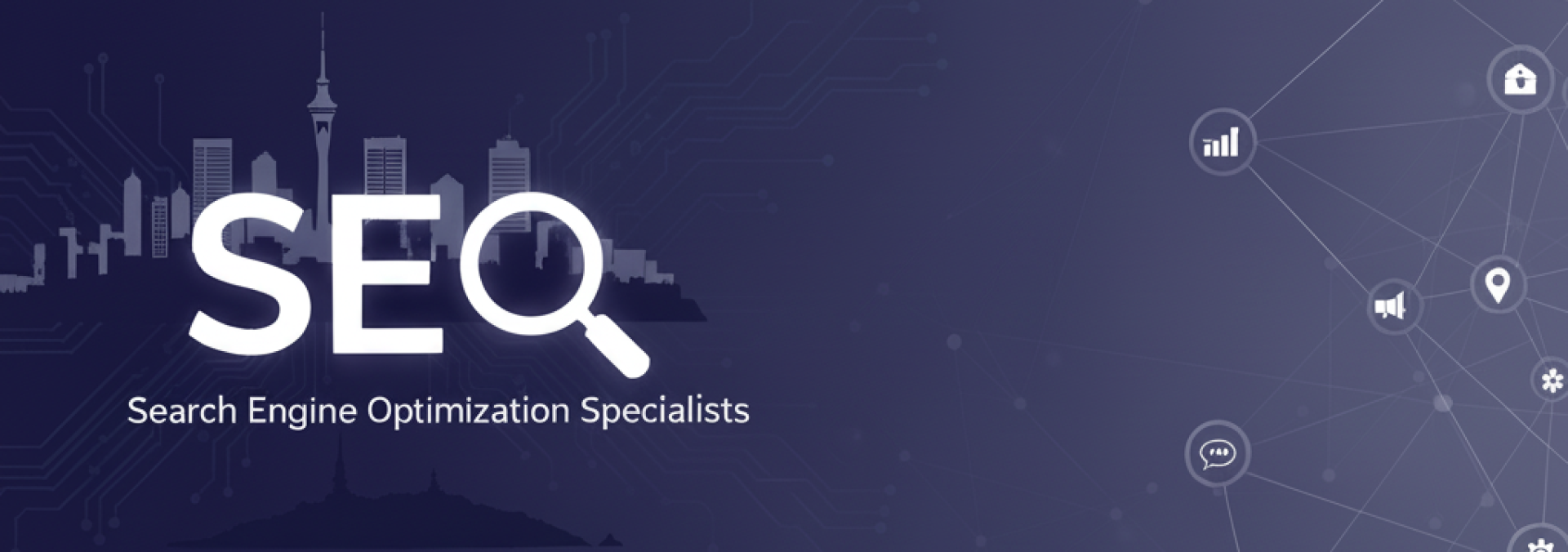
Beyond Clicks: The 2024 Conversion Optimisation Playbook for Ecommerce Leaders
Why do 99.5% of ecommerce visits fail to convert? The answer lies not in driving more traffic, but in mastering the science of conversion. In 2024, conversion optimisation has evolved from simple A/B testing to a sophisticated discipline blending psychology, data, and technology.
The Three Conversion Killers Sabotaging Your Ecommerce Store
Most ecommerce businesses focus on driving traffic while ignoring the fundamental leaks in their conversion funnel. These three critical issues account for the majority of lost revenue.
1. Cognitive Overload in Product Discovery
Modern shoppers face decision paralysis. When presented with too many options or complex navigation, conversion rates plummet by up to 47%. The solution lies in intuitive filtering systems and guided selling experiences that mimic in-store assistance.
2. Mobile Experience Debt
With 79% of smartphone users making purchases on their devices, a subpar mobile experience is no longer excusable. Sites loading just one second faster see 27% higher conversion rates on mobile. The gap between mobile and desktop performance directly impacts your bottom line.
3. Trust Deficit at Critical Moments
Shoppers abandon carts when trust signals are missing. Lack of clear return policies, security badges, and social proof at key decision points causes 18% of cart abandonments. Building trust requires strategic placement of credibility elements throughout the journey.
The 2024 Conversion Stack: Beyond Basic Optimisation
Progressive ecommerce leaders are implementing a layered approach to conversion optimisation that delivers compounding returns.
- Behavioural Analytics Layer: Tools like Hotjar and Microsoft Clarity reveal how users actually interact with your site, uncovering hidden friction points that traditional analytics miss.
- Personalisation Engine: AI-driven platforms that dynamically adjust content, offers, and recommendations based on individual user behaviour and intent signals.
- Strategic Testing Framework: Moving beyond random A/B tests to hypothesis-driven experimentation focused on solving specific business problems.
Psychological Triggers That Actually Work in 2024
The most successful conversion strategies leverage proven psychological principles adapted for modern ecommerce.
Scarcity That Doesn’t Feel Manipulative
Instead of fake countdown timers, implement genuine inventory-based scarcity. Showing real-time stock levels for low-inventory items creates urgency while maintaining authenticity. Brands using honest scarcity messaging see 8.7% higher conversion rates without damaging brand perception.
Social Proof Beyond Basic Reviews
Advanced social proof includes recent purchase notifications, user-generated content integration, and community-building elements. Displaying “purchased by customers like you” based on browsing history increases relevance and trust simultaneously.
Decision Simplicity Architecture
Reduce the mental effort required to make purchase decisions through comparison tables, “why choose this” sections, and clear differentiators. Complex products benefit from interactive choice guides that help customers find their perfect match.
From Optimisation to Transformation: The Future-Proof Conversion Strategy
The most successful ecommerce businesses no longer view conversion optimisation as a tactical activity but as a core business capability. They’ve moved from testing button colors to redesigning entire customer journeys based on behavioural data.
These leaders understand that sustainable growth comes from creating genuinely better experiences, not just better-converting pages. They invest in understanding customer psychology, removing friction at every touchpoint, and building systems that adapt to changing consumer behaviour.
The real conversion advantage in 2024 belongs to businesses that solve customer problems better than their competitors – with optimisation as the vehicle, not the destination.
Ready to transform your approach? Start by auditing one key customer journey this week using session recordings rather than just analytics data. The insights will likely reveal conversion opportunities you’ve never considered.
